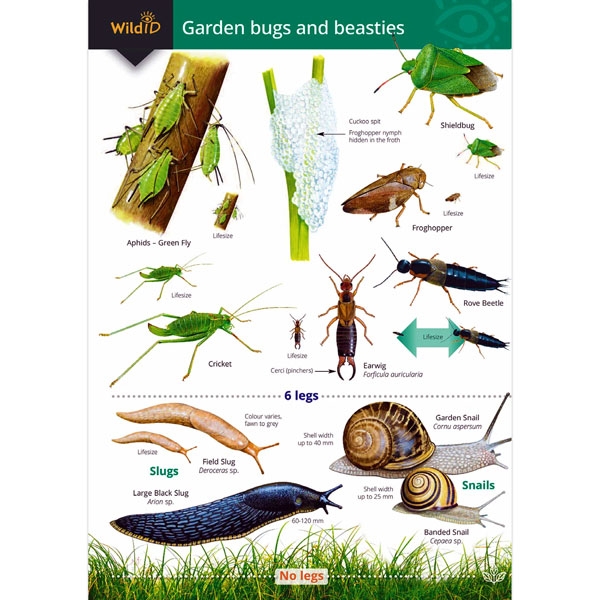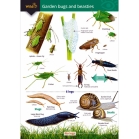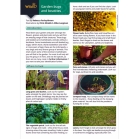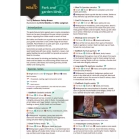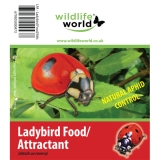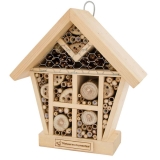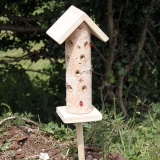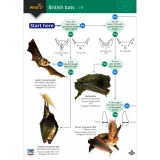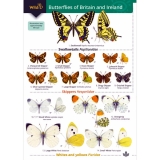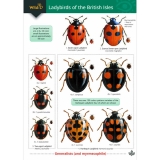


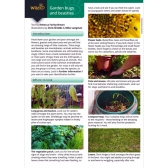


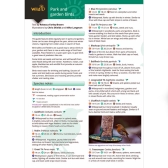


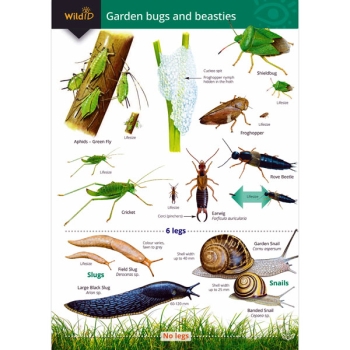

Field Guide To Garden Bugs & Beasties
Informative: Designed for speedy identification of mini beasts
Durable: Waterproof, fold-out guide to take on your adventures
Educational: Tips and tricks for finding and identifying mini beasts
Read All Reviews Below
The guide to Garden Bugs and Beasties helps you understand and identify many of the common creatures living in your garden beds and borders.
Look closely among the flowers, grasses and plant pots and you’ll find an amazing range of little creatures. From shieldbugs to spiders, from froghoppers to flower beetles, the FSC Garden bugs and beasties fold-out guide features the commonest mini beasts you will find in your garden.
Mini beasts are invertebrates, these are animals without a backbone. Some invertebrates like slugs are soft bodied. Others have a hard exoskeleton and three or more pairs of legs. These are the arthropods, a very diverse, large group of animals.
You can find mini beasts just about anywhere in the garden. Check long grass and bushes for spider’s webs. Shieldbugs may be perched among the leaves and come in many colours. Examine the vegetable garden for tell-tale signs of slugs and snails – shiny dried mucus trails show where they have travelled. Holes in plant leaves show that something has been feeding. Look on young plant stems and under leaves for aphids.
Lift pots and stones to find mini beasts sheltering underneath, like slugs, earthworms and woodlice. The compost heap will be home to the recyclers – animals feeding on decaying plant material. You will also find predators like centipedes and rove beetles out hunting for a meal.






